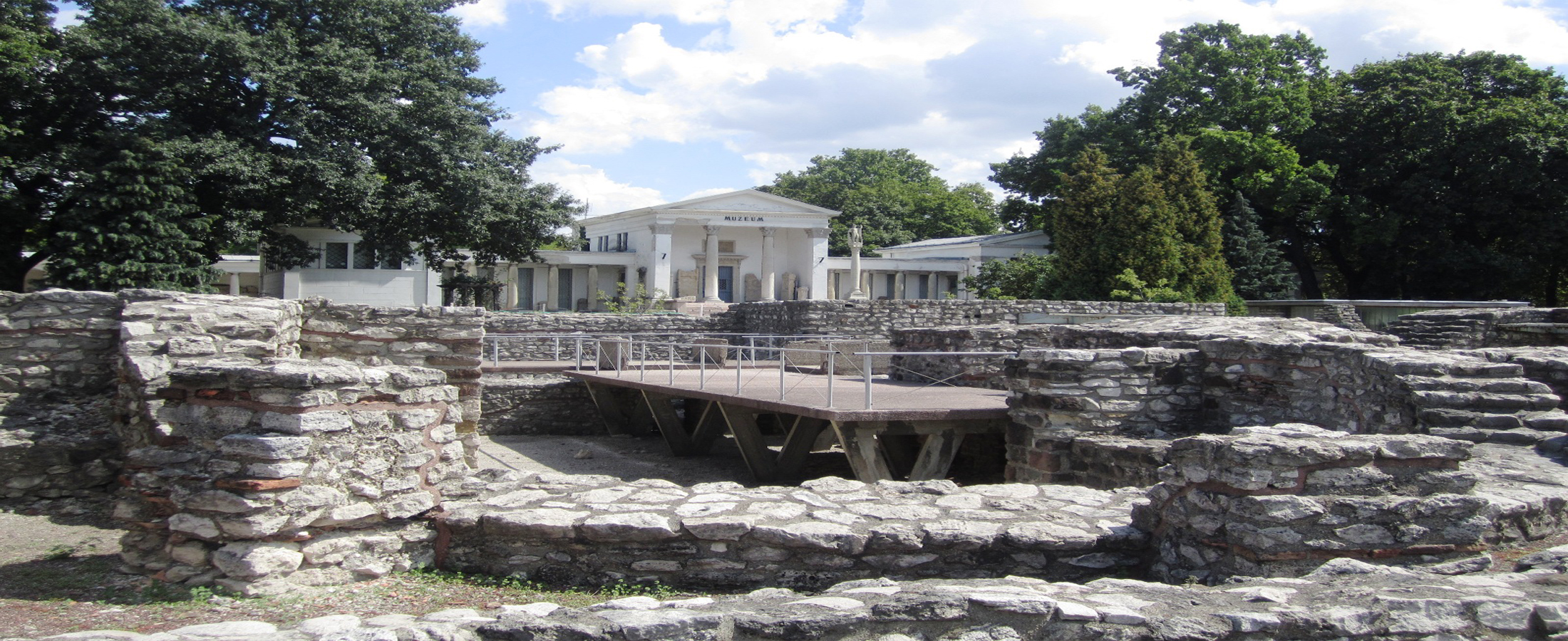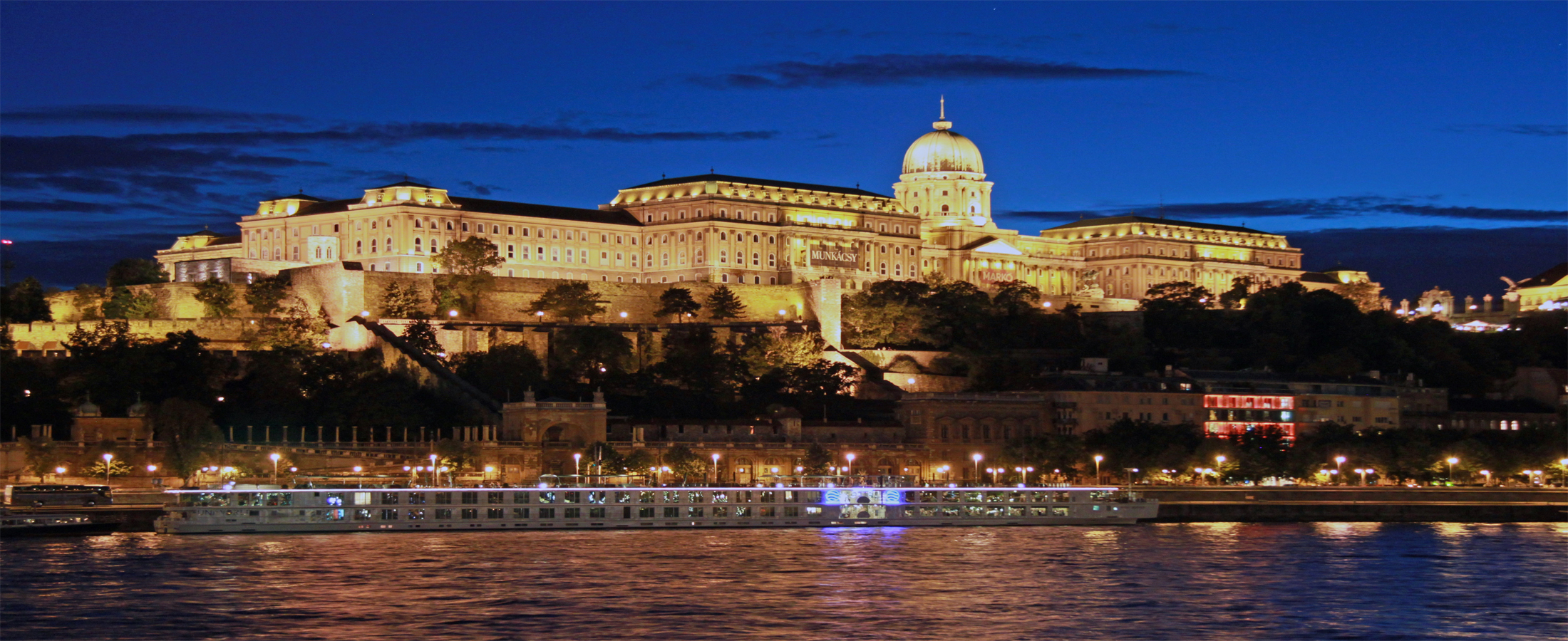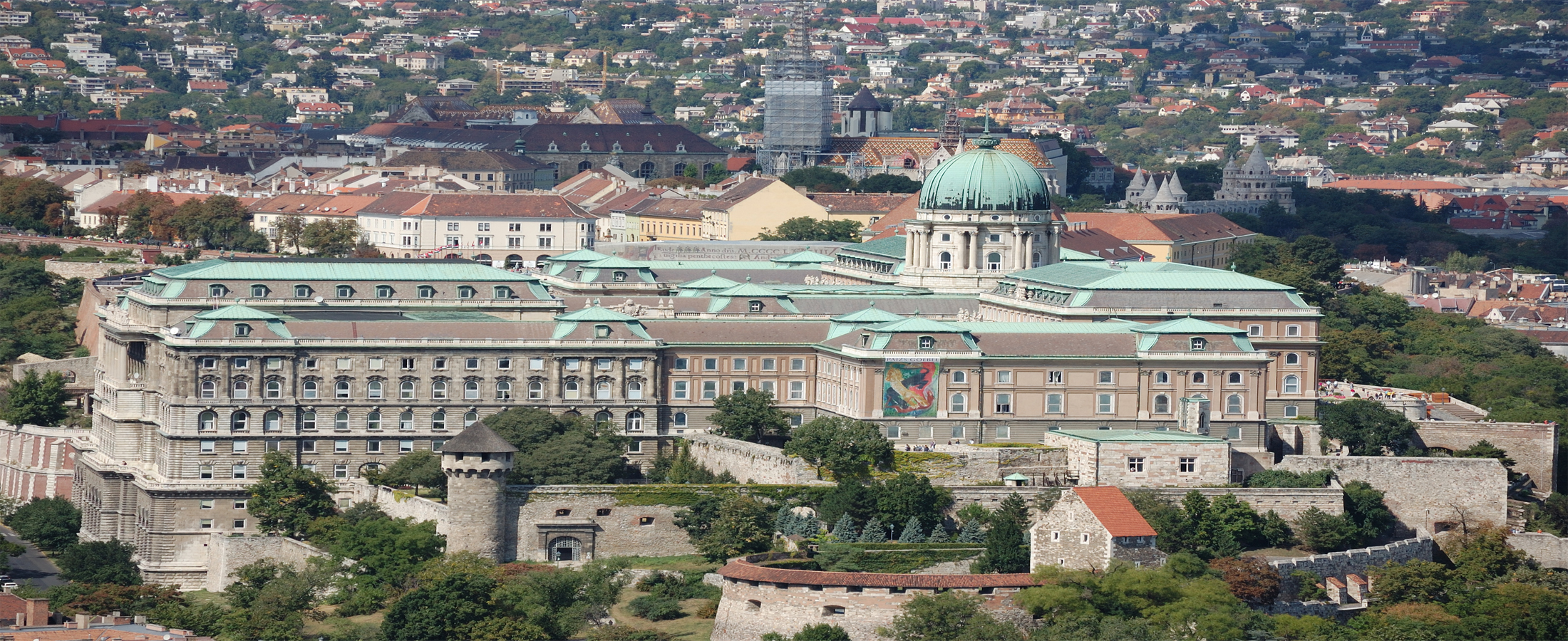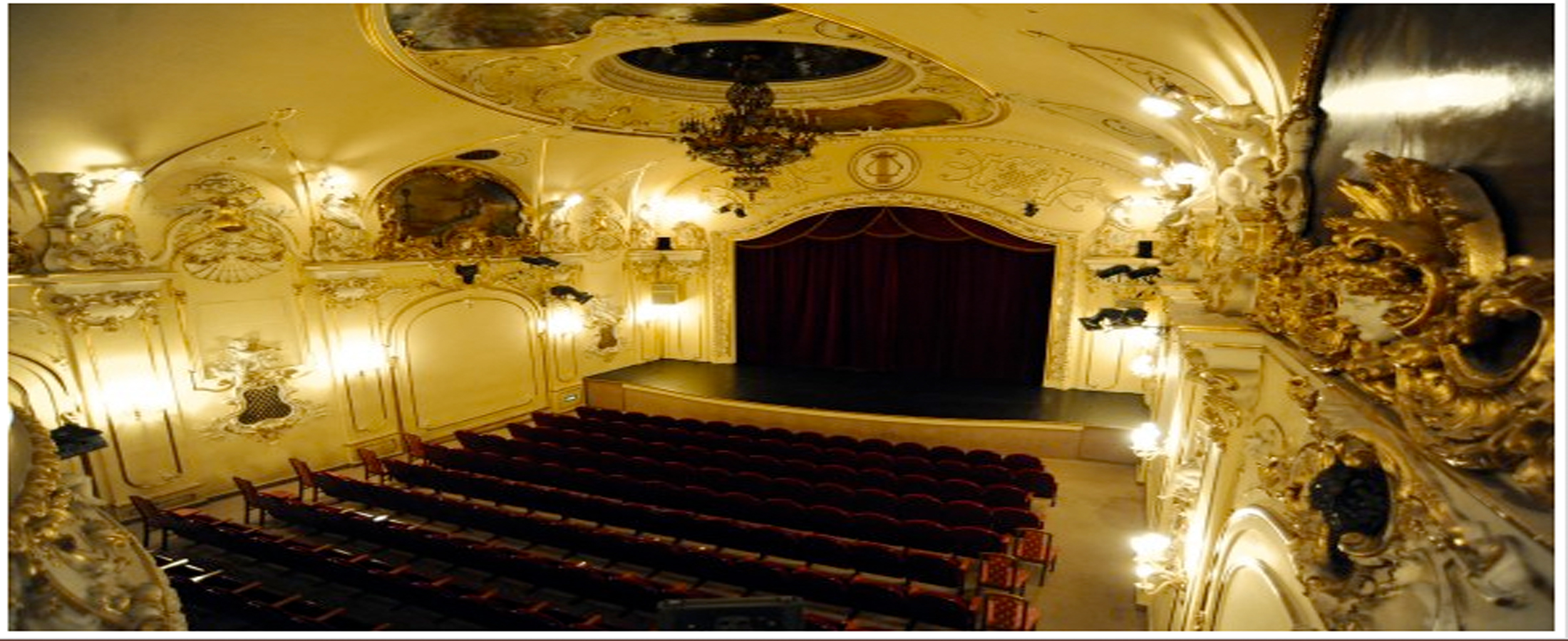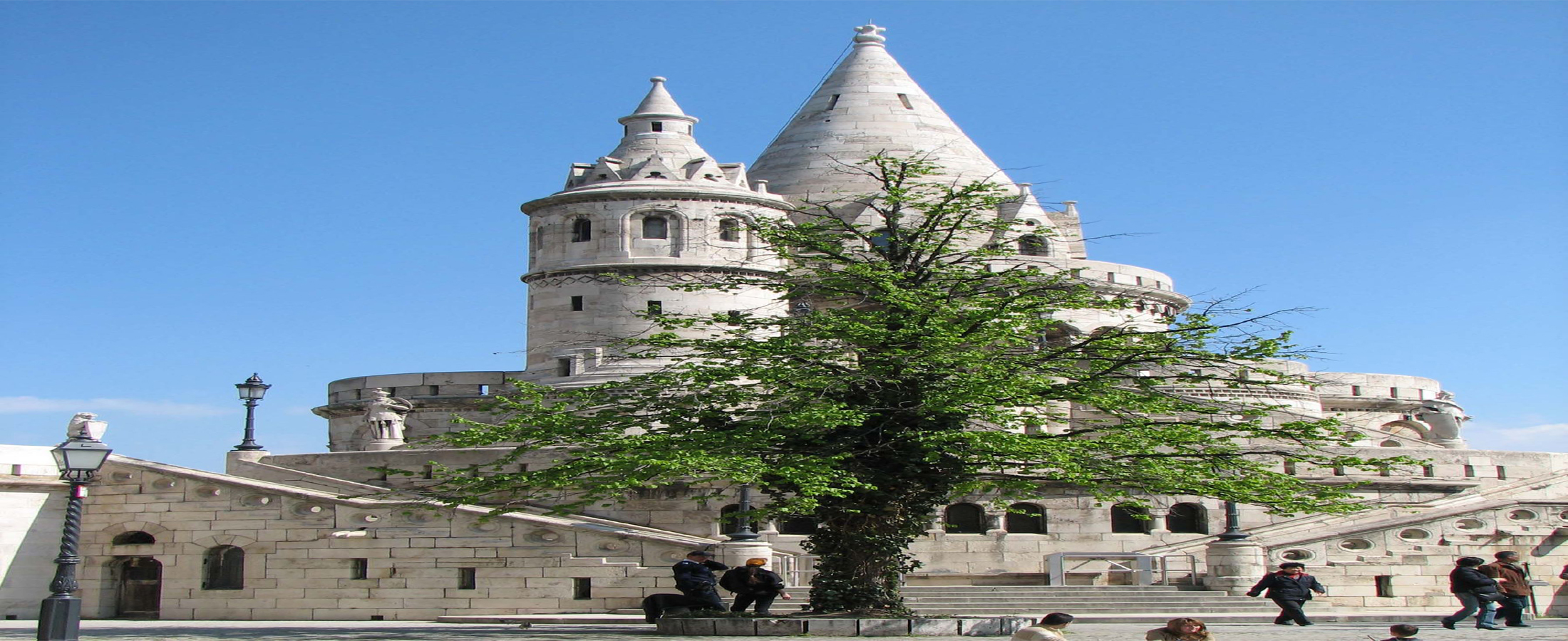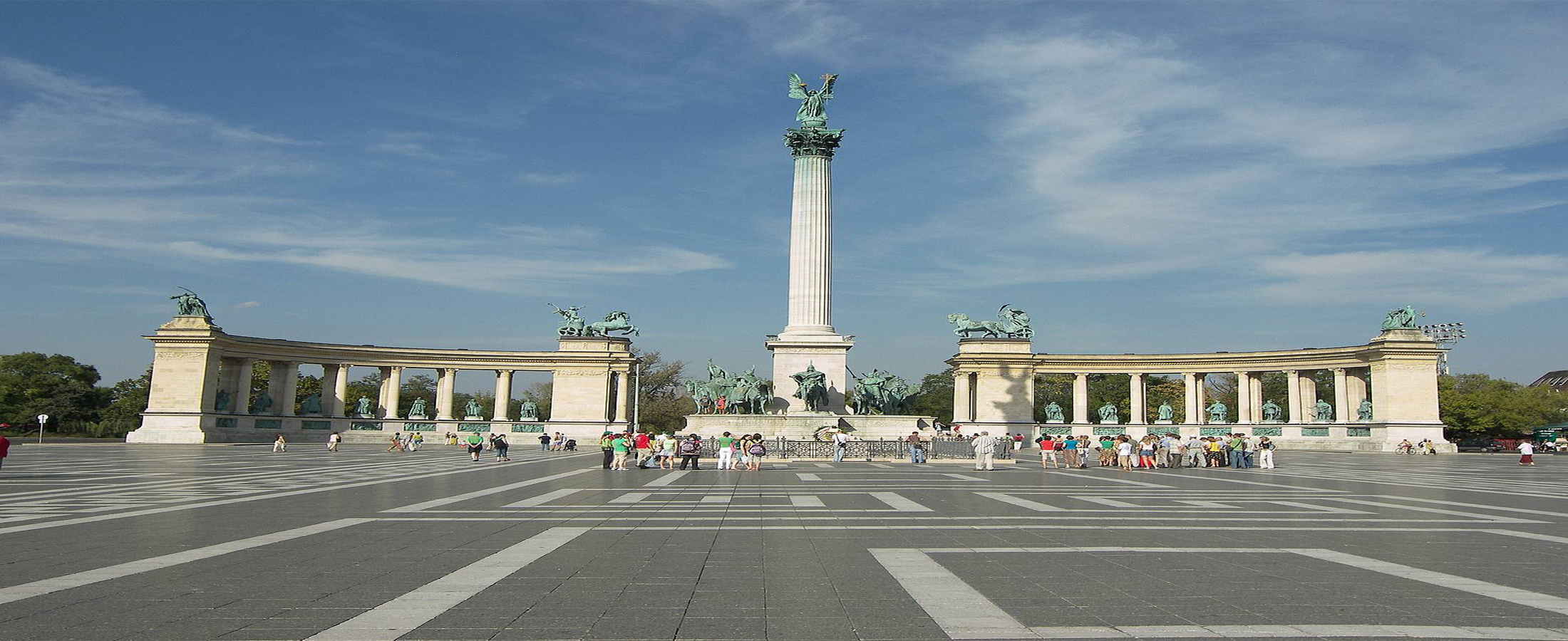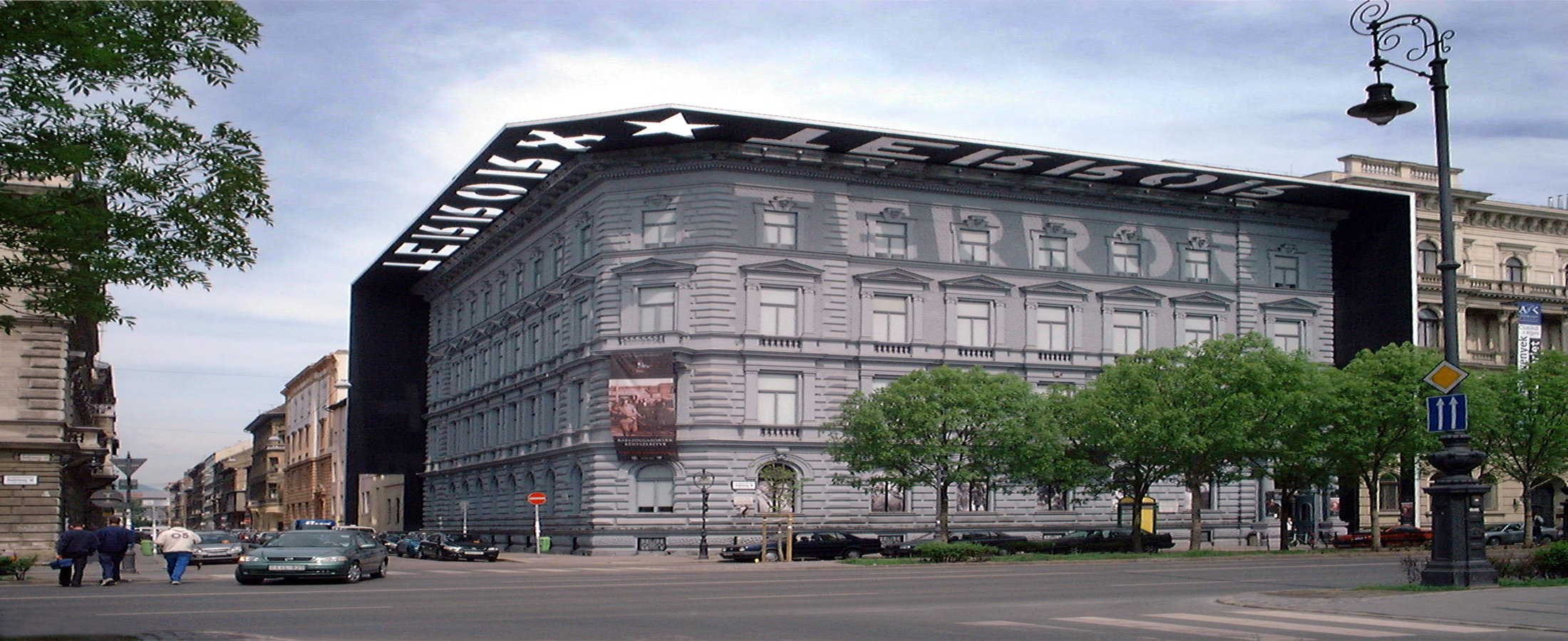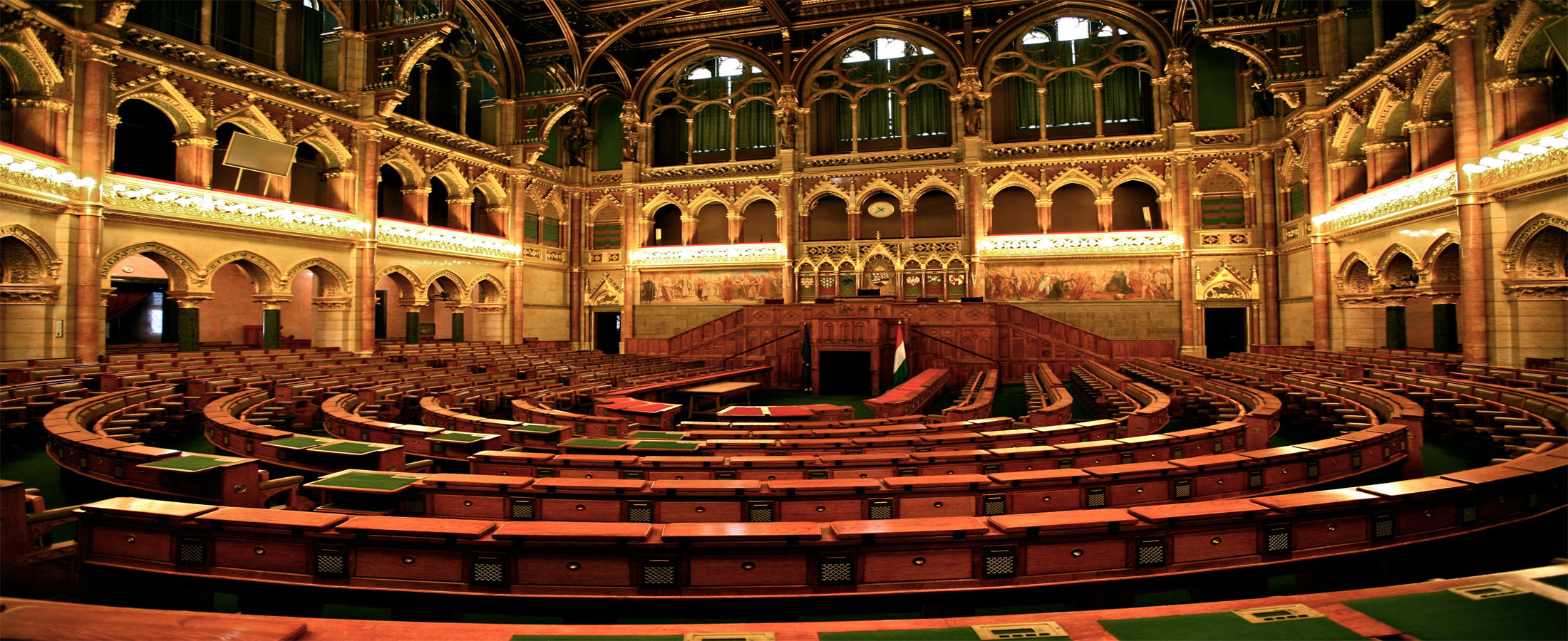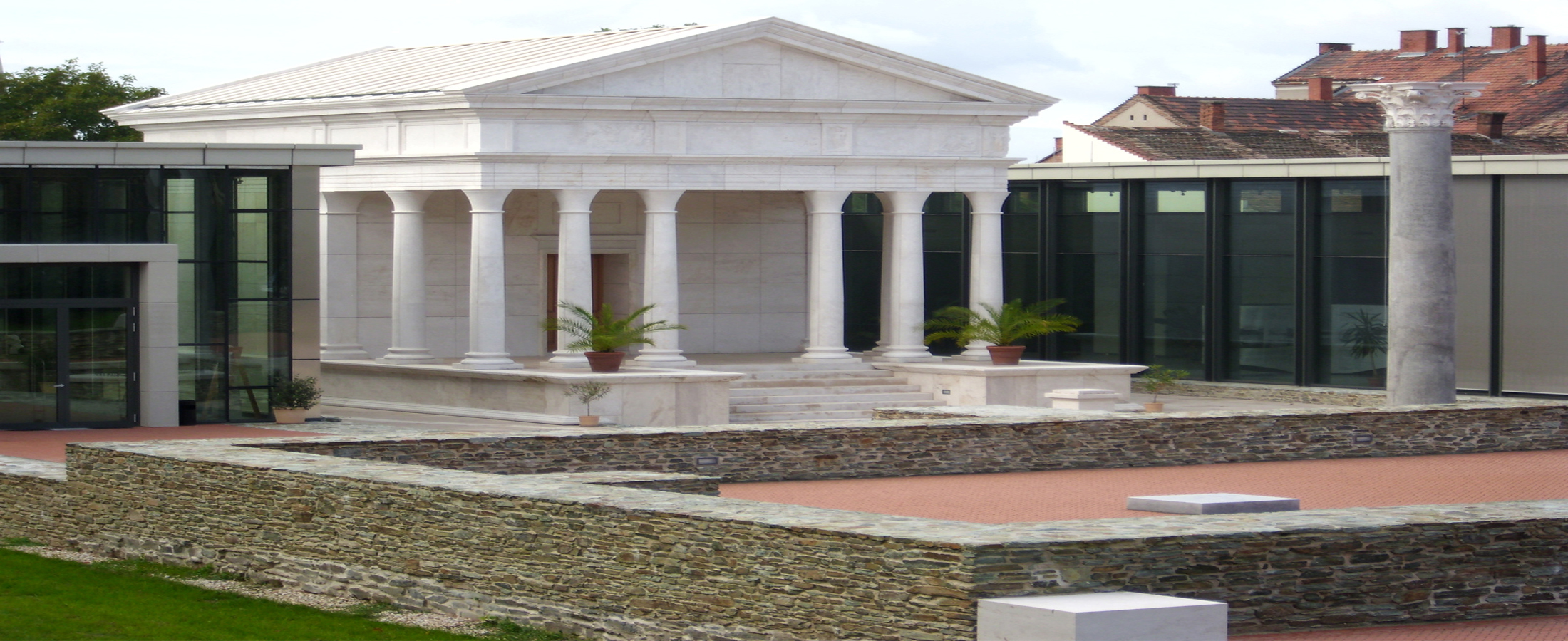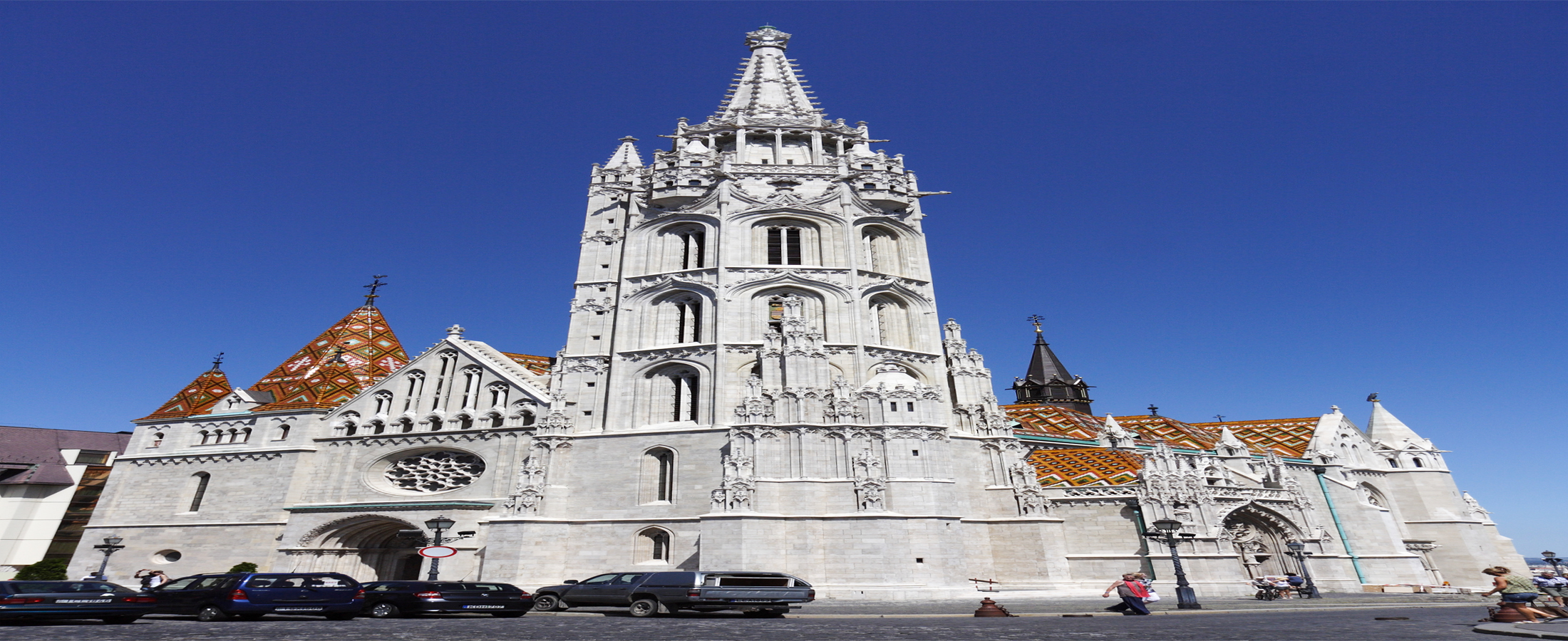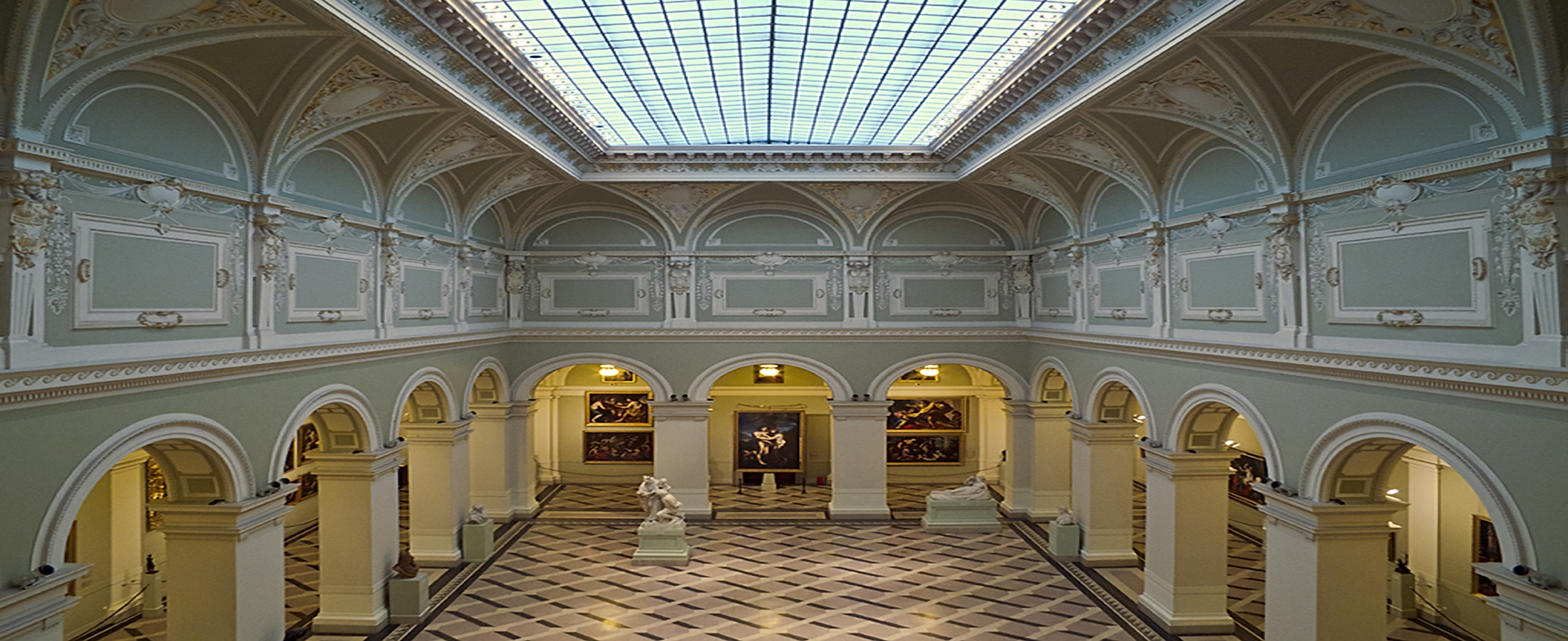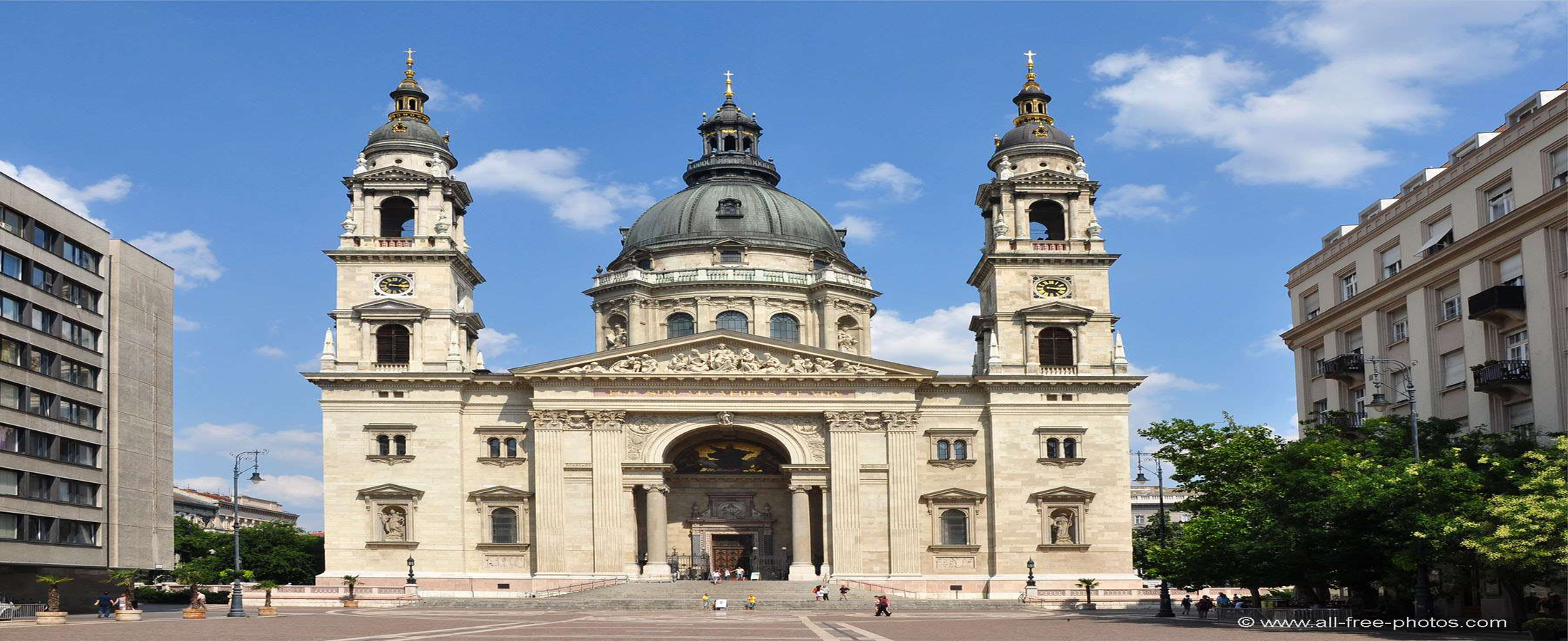Hungarian history is a thousand years old – the Romans, the great Kingdom of Hungary, the Ottomans and the Habsurgs, all contributed to the story and to the Historic Sites in Hungary, creating a diverse landscape of places to visit.
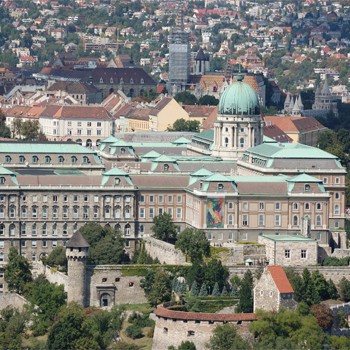
Buda Castle
Buda Castle is amongst the most iconic historic sites in Hungary. A huge palace in Budapest’s Castle district, it is home to museums like The Budapest History Museum and the National Gallery.
The Budapest History Museum (Budapesti Történeti Muzeum) records the history of the city, Buda Castle and the region as a whole. The Budapest History Museum covers a range of eras which include pottery and ceramics from prehistoric times to the late Bronze Age including Roman Hungary as well as pieces from the middle ages, including Gothic art.
The Hungarian National Gallery (Magyar Nemzeti Galéria) in Budapest contains several historical art collections including medieval and gothic pieces, such as stonework, sculptures and altars.
Located within Buda Castle, the Hungarian National Gallery is also home to the Habsburg Palatinal Crypt (Nádori kripta), the burial place of the Hungarian line of the Habsburg Dynasty.
Plan my Hungary Vacation Now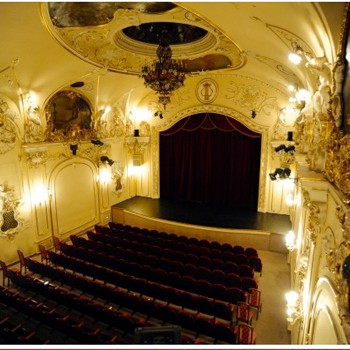
Danube Palace
The Danube Palace is a concert hall in Neo-Baroque style, completed in 1885 as part of Budapest’s massive expansion for the millennium. The Danube Palace was built to commemorate a thousand years of Hungary in 1896 by the Habsburg Emperor Franz Joseph I. It was built between 1894 and 1897. The Danube Palace has always been a place for entertainment. The beautiful halls and rooms of the building provide an excellent opportunity for several events.
Plan my Hungary Vacation Now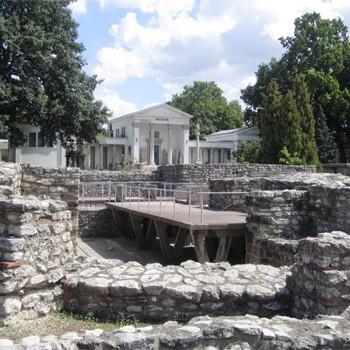
Aquincum
One of the lesser known but still fascinating historic attractions in Hungary is Aquincum, a large Ancient Roman site in Budapest housing the ruins of an important military base and city. Today, the site of Aquincum has much to offer visitors and history enthusiasts alike, including the ruins of a city wall, an amphitheatre (one of two in Budapest), temples, homes and burial grounds.
Plan my Hungary Vacation Now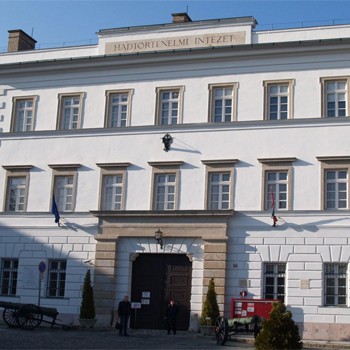
Budapest Museum of Military History
The Museum of Military History (Hadtörténeti Múzeum) in Budapest holds a series of collections relating to Hungary’s warfare from medieval times to the world wars and more. As the Museum’s exhibits of weaponry, armour, flags, uniforms and coins is impressive, it is a must do for the military enthusiast. However all of the explanations are provided only in Hungarian language.
Plan my Hungary Vacation Now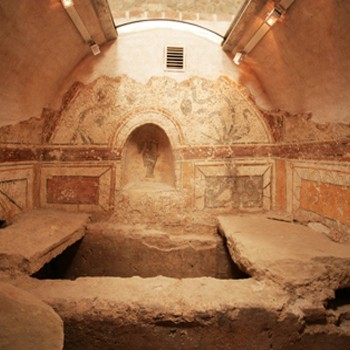
Christian Necropolis of Pécs History
The Christian Necropolis of Pécs is a fourth century Roman grave in Hungary, and these ruins are UNESCO listed.The remains of the Roman town of Sopianae can be seen here. An aspect which makes the Christian Necropolis of Pécs special is its unique architecture. The site is made up of two levels, with deep tombs and above-ground chapels.Visitors to the Christian Necropolis of Pécs can see the ruins as well as several fascinating funeral murals.
Plan my Hungary Vacation Now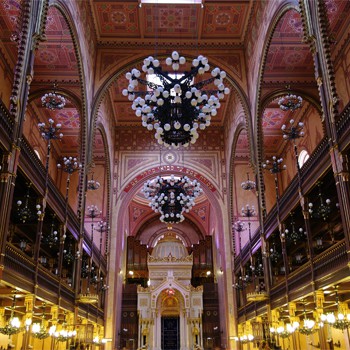
Dohány Synagogue
The Dohány Synagogue “Dohány utcai zsinagóga”, also known as the Dohány Street Synagogue and The Great Synagogue, is the world’s second largest synagogue. Originally built in 1854 and completed in 1859, the Dohány Synagogue was bombed by the right-wing Arrow Cross Party in 1939 and restored in 1996. It has a distinctive Moorish exterior and ornate interior. It is open to the public and is the place from where tours of the Jewish district of Budapest begin. Next door to the Dohány Synagogue are the Budapest Jewish Museum and the birthplace of Theodor Herzl, the Hungarian journalist, playwright, political activist, and writer.
Plan my Hungary Vacation Now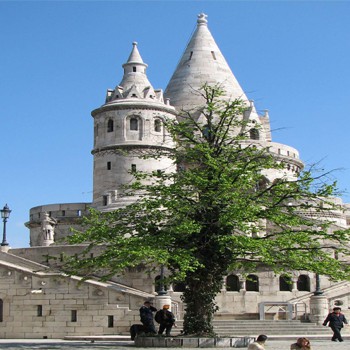
Fisherman’s Bastion
The Fisherman’s Bastion (Halászbástya) along the eastern part of Budapest’s Castle Hill is a beautiful set of footpaths and terraces built between 1895 and 1902. Its stunning turrets and towers would not look out of place in a fairytale. The Fisherman’s Bastion is one of the city’s most iconic sites. It has seven towers in all, each representing one of Hungary’s tribes. It is also a part of Budapest’s UNESCO World Heritage sites.
Plan my Hungary Vacation Now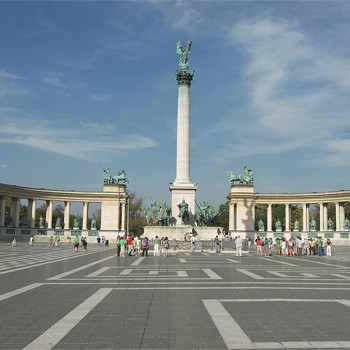
Heroes' Square
Heroes’ Square “Hősök tere” is a symbolic monument in Budapest built in 1869 to celebrate the 1,000th anniversary of the origin of Hungary in 869AD. This memorial, known as the Millennial Monument, consists of a semicircle of Greek columns, several statues representing important historical Hungarian figures and a tower topped with a statue of the Archangel Gabriel. Also located at Heroes’ Square is the Hungarian Tomb of the Unknown Soldier.
Plan my Hungary Vacation Now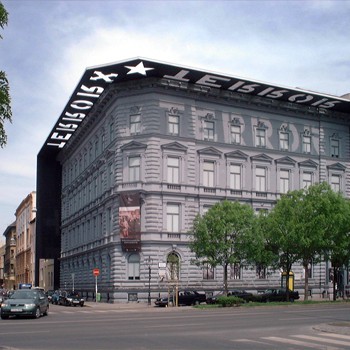
House of Terror
The House of Terror “Terror Háza” is a moving memorial museum about the two extreme regimes which ruled Hungary in the twentieth century, the pro-Nazi Hungarian Arrow Cross Party and the Soviet Political Police. Today, the House of Terror stands as a commemoration, with exhibitions about its history, its owners and its victims. The House of Terror is located within Budapest’s UNESCO World Heritage listing area.
Plan my Hungary Vacation Now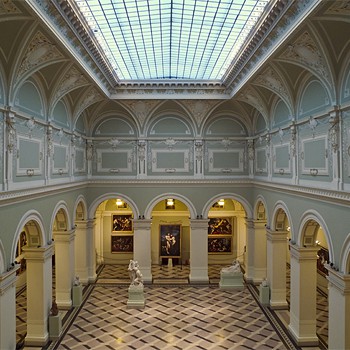
Hungarian National Museum
The Hungarian National Museum exhibits a complete collection of historic artefacts, documents and works of art. Its collections are incredibly diverse, ranging from bone tools from the Primitive era to twentieth century posters related to major political, social and cultural events. The museum’s archaeological department oversees exhibits for the Palaeolithic era, the migration period of the early Middle Ages and a general overview of the Middle Ages and the Hungarian Conquest. The Hungarian National Museum also houses an impressive Roman collection which displays alternately,65,000 artefacts including an incredibly large mosaic from Balácapuszta from the third century. The Roman collection also includes Roman gravestones, sculptures, milestones and statues of Roman gods.
Plan my Hungary Vacation Now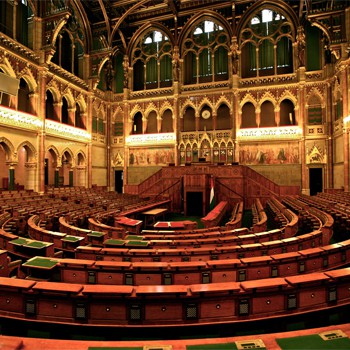
Hungarian Parliament Building
The Hungarian Parliament Building “Országház” is one of the oldest in Europe and was built in the nineteenth century in the Gothic Revival style. It is reminiscent of the UK’s Houses of Parliament with peaked towers, an ornate limestone exterior and a magnificent dome. Today, the Parliament is home to the National Assembly of Hungary as well as a popular tourist attraction. Visitors can enjoy the many works of art both inside and outside this incredible building, from frescoes and stained glass to statues throughout. The Parliament can only be visited by way of a guided tour. It is part of the main Budapest UNESCO World Heritage site.
Plan my Hungary Vacation Now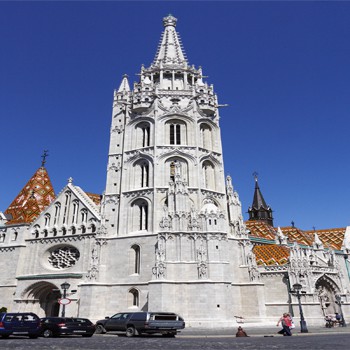
Matthias Church
Matthias Church (Mátyás Templom) is an ornate medieval structure which has been the location for royal weddings and coronations. The name Matthias Church is actually a reference to the monarch Matthias Corvinus who was married here twice. Its official name is the Church of Our Lady. The diverse and often turbulent history of Buda is reflected in the design of Matthias Church, which includes a gothic dramatic exterior and a vibrant interior with mentions of the various rulers of the city, including the Ottomans.Upstairs in Matthias Church is a religious museum and, in the basement visitors can view its crypt. It is part of Budapest’s UNESCO World Heritage listing.
Plan my Hungary Vacation Now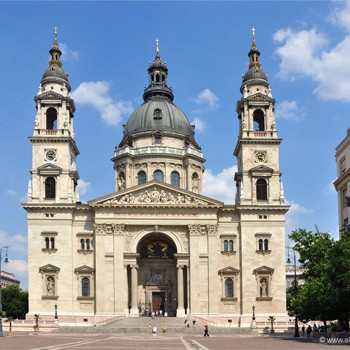
St. Stephen’s Basilica
St. Stephen’s Basilica (Szent István Bazilika) is Budapest’s largest church. Its construction began in 1851 and completed in 1905, St. Stephen’s Basilica was consecrated in the name of the canonised King, Stephen I of Hungary (reign 1001-1038). One of the king’s relics, his right hand – known as the Holy Right and symbolic of his incorruptibility – is housed within the church. The tower of St. Stephen’s Basilica is also a good place to enjoy views of the city.
Plan my Hungary Vacation Now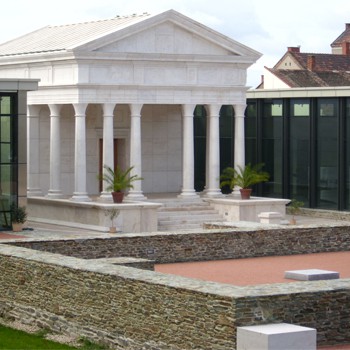
The Iseum
The Iseum, also known as the “Isis Szentély Romkertje”, in Szombathely is a restored 2nd century AD Roman temple site dedicated to the Egyptian Goddess Isis. Excavated since the 1950’s, the ruins of the two temples of the Iseum can be seen today and part of the site has been rebuilt. The remains of the original site, some of which have undergone modern restoration, are now contained within a wider museum complex.
Plan my Hungary Vacation Now
